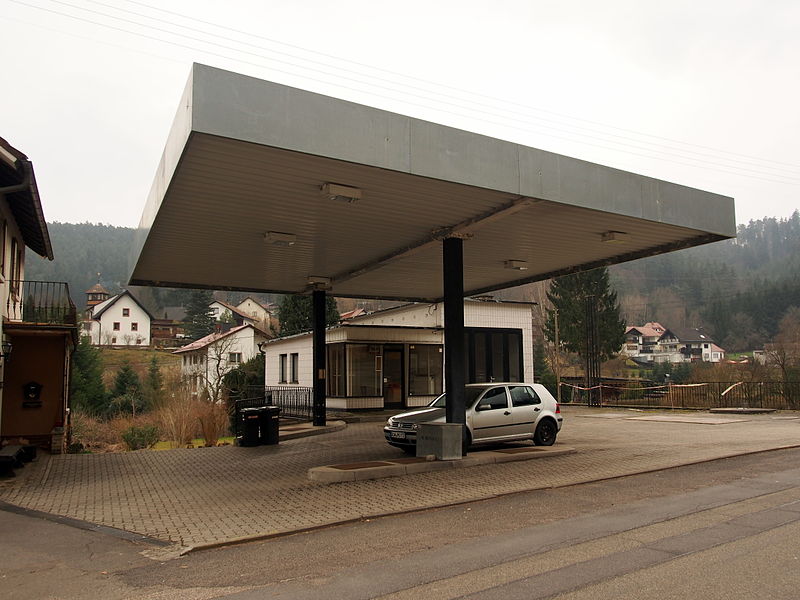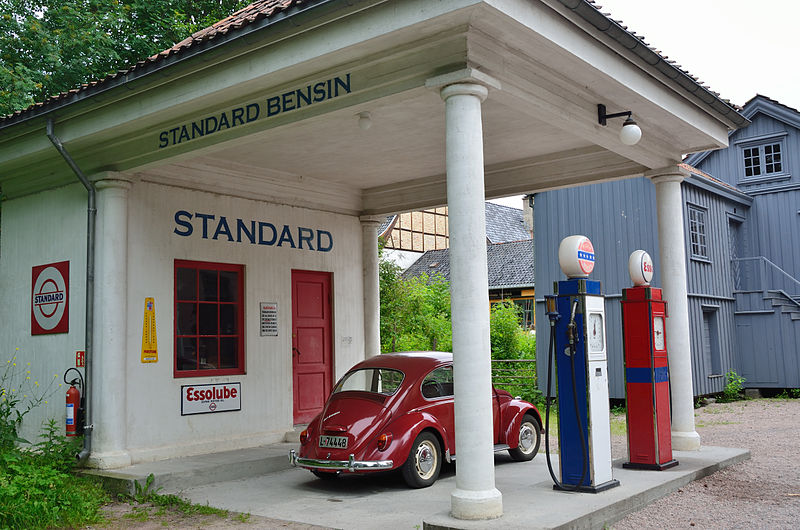Contents
Step 1: Which gasoline for which engine?
Step 2: Do not start your vehicle
Step 3: Drain the gas tank
Misfuelling can happen, especially when changing to a newer vehicle, and a lapse in attention can quickly occur. Depending on the car type and petrol, the effects of such a mistake won’t be the same for all car make. Here’s what to do if this happens to you.
1. Which gasoline for which engine?
Misfuelling is more or less severe for your engine depending on its standard gas.
Gasoline in a diesel car
This is the most severe case and the most common confusion. The critical limit is:
-
- 15% in winter and 10% during the rest of the year for lead-free 95/98 (E5) or lead-free super;
-
- 3% for new common-rail types of diesel (HDi, DCi…);
-
- Beyond these limits, it is imperative to drain.
Gasoline has a cleaning effect and destroys the protection system that diesel puts in the injection system. Therefore, as soon as you hear loud knocking under the hood and the engine starts to hiccup, switch off the engine and call a professional.
Diesel in a catalyzed gasoline car
This is not possible since the filling orifice is of a smaller diameter, which prevents the introduction of a diesel nozzle.
Diesel in an uncatalyzed gas car
If you put less than 10% diesel in a full tank, your car will smoke and hiccup but still work. However, if it is more than 10%, you will have to change the oil.
Unleaded 95 in an old petrol car
Quickly top up with 98 SP or super potassium because the engine may rattle.
Super in a catalyzed gasoline car
This is not a very serious mistake, but it should not be repeated.
2. Do not start your vehicle

It is advisable to respect a certain number of rules in order not to endanger yourself or your car:
-
- If you become aware of your confusion, do not start your car even if the amount inserted by mistake is minimal.
-
- Push your vehicle to release the pump and call a tow truck for an oil change.
-
- If you don’t notice the error until after you start (at the abnormal engine noise), stop as soon as possible and don’t start your vehicle again.
The gasoline/diesel mixture can cause severe damage to the engine and gas system, resulting in high repair costs. The gas mixture must be appropriately drained.
Caution: The diesel/gasoline mixture is highly flammable, resulting in a risk of explosion. More and more European car manufacturers are equipping their cars with tank sleeves to prevent confusion. Garages and accessory shops also offer unique tank covers.
3. Emptying the gas tank
Plastic tanks do not have a drain plug. Therefore, they must be siphoned off or disassembled. Service stations are sometimes equipped for this type of problem, the cost being one full tank with 1 or 2 hours of labour. If this is not the case, you will have to call a repairer.
In the end, if you have started your engine with limits above those mentioned above, then you would have destroyed the car. Don’t look into repairs in this case; the vehicle is deemed “salvage.” Unless you are a good mechanic, you can dismantle all the components affected by the wrong gasoline, replace them all, and rebuild the engine. Then, you would be good to go. But this involves a considerable amount of time and money in spare parts, therefore, not the best option…
Please, remember to share this post and comment in the section below.





One thought on “What Happens if You Put Wrong Gas in Car”